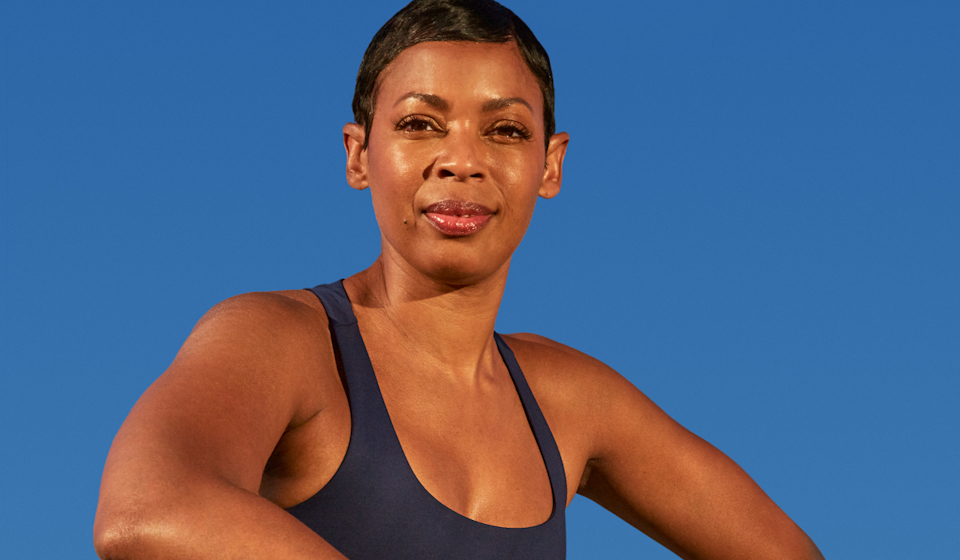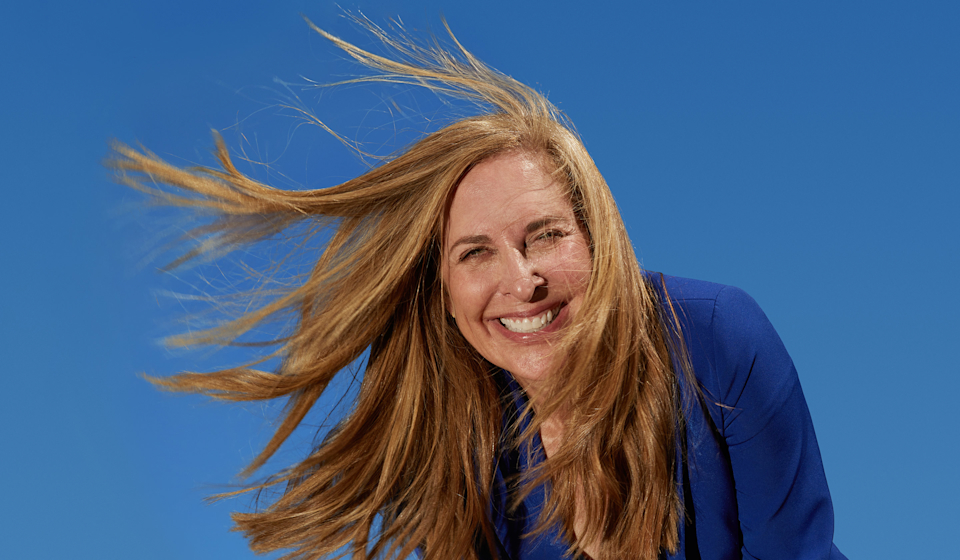When we began our long, obsessive road to creating a multivitamin for women over 50, it was always a given that this multi should support healthy aging from within. But what does “healthy aging” even mean? That’s a great question—and it’s one we found ourselves answering many times over as our newest product came to life.
In short, “healthy aging” means doing what you can to support your body and your wellbeing as you age.
Of course, wellbeing is a bit subjective—but the idea is that you should be able to lead a life well-lived, depending on what that looks like for you. According to our science team, “healthy aging” just means supporting your body for whatever that may be. And that’s the maxim that we kept in mind while formulating Essential for Women 50+.*
Your multivitamin should be designed help fill nutrient gaps.*
Part of supporting healthy aging from within is recognizing that as our bodies go through major changes like menopause, our nutrient needs change, too. Let’s talk about bone health, for example: Prior to menopause, estrogen helps out a lot with calcium absorption in our bones. But when our estrogen levels change throughout the different phases of menopause, we may benefit from some nutrient support to help. That’s why we include vitamin D3, vitamin K2, magnesium, and boron in Essential for Women 50+—these key nutrients are calcium helpers when it comes to supporting bone health.*







